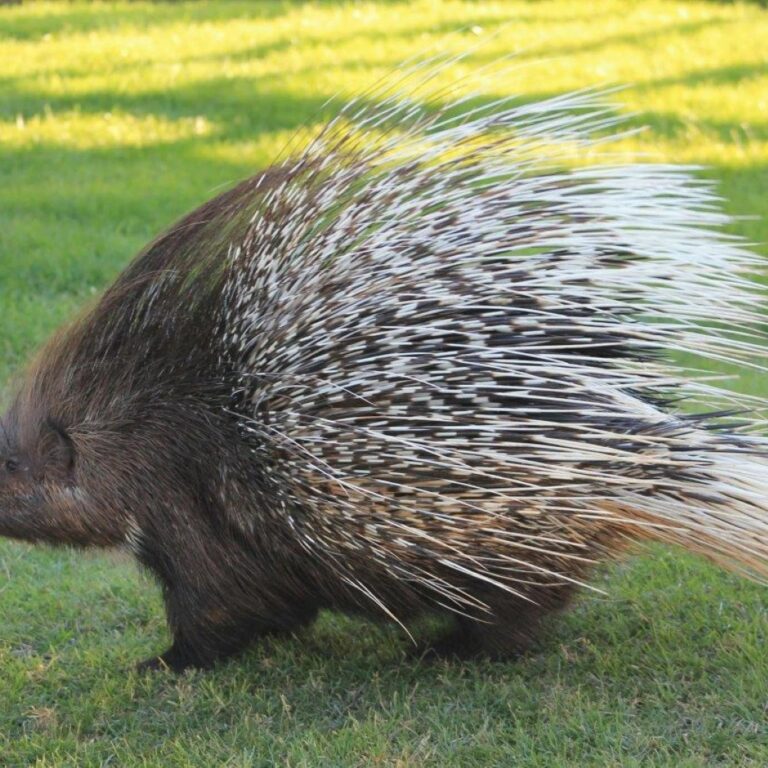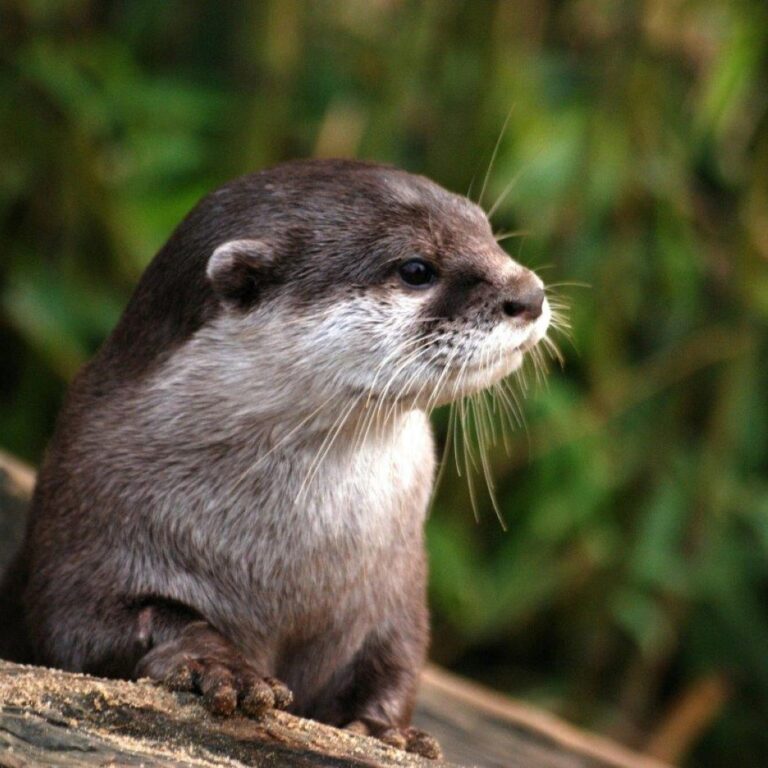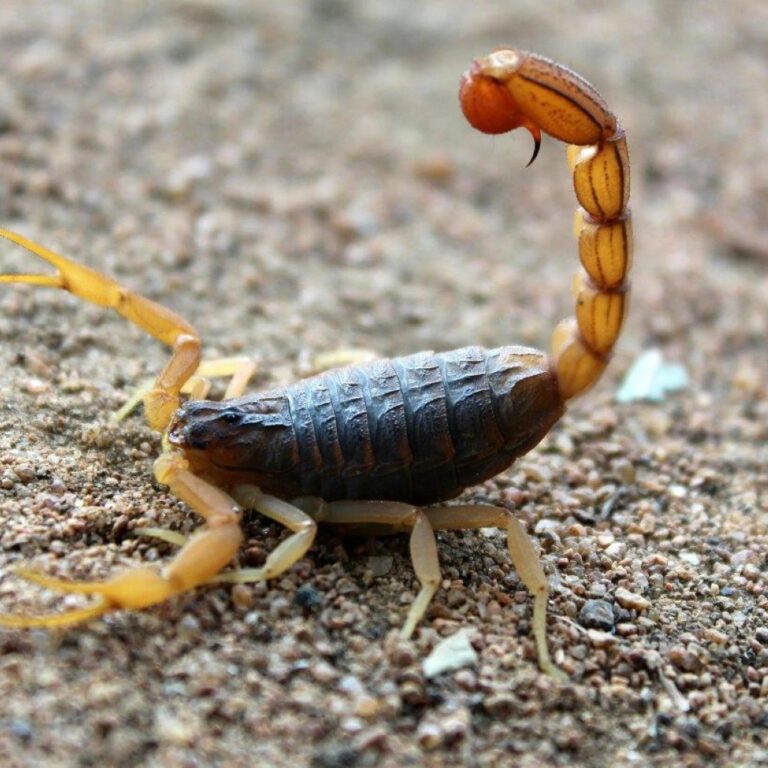There are about 30 species of porcupines, divided into two families: Old World porcupines, found in Europe, Asia, and Africa, and New World porcupines, found in North and South America.
They are covered in quills, which are modified hairs made of keratin. These quills are their primary defense mechanism, and when threatened, porcupines will raise their quills and lash out with their tails.
Despite popular belief, they cannot shoot their quills. However, their quills are loosely attached and can easily become embedded in the skin of a predator that gets too close.
A single porcupine can have up to 30,000 quills, which vary in length depending on the species. New quills grow to replace those that are lost, ensuring that the porcupine's defenses remain intact.
The quills of New World porcupines are barbed, making them difficult and painful to remove once embedded. These barbs can cause serious injury or infection if not properly treated.
These animals are herbivores and primarily feed on leaves, bark, fruits, and stems. In the winter, they often rely on tree bark as a food source, which can lead to significant damage to trees.
Porcupines are excellent climbers, especially the New World species, which spend much of their time in trees. Their strong, curved claws and prehensile tails help them navigate the branches.
9. Porcupines are solitary animals and are mostly nocturnal, meaning they are active at night. They spend their days resting in burrows, hollow logs, or tree cavities.
They have poor eyesight but a keen sense of smell and hearing, which helps them detect predators and find food in the dark.
These animals are slow movers and rely on their quills as a primary means of defense. When threatened, they will often freeze or back into a predator, quills first.
The African crested porcupine is the largest species of porcupine, weighing up to 60 pounds. It has long, sharp quills that can grow up to 20 inches in length.
Porcupine quills have inspired the development of medical needles and other devices due to their unique structure, which allows them to penetrate skin easily but resist being pulled out.
They have a relatively long lifespan for rodents, living up to 15 years in the wild and even longer in captivity.
Conservation efforts for porcupines vary depending on the species and region. While most porcupine species are not currently endangered, habitat loss and hunting can pose threats to their populations.



